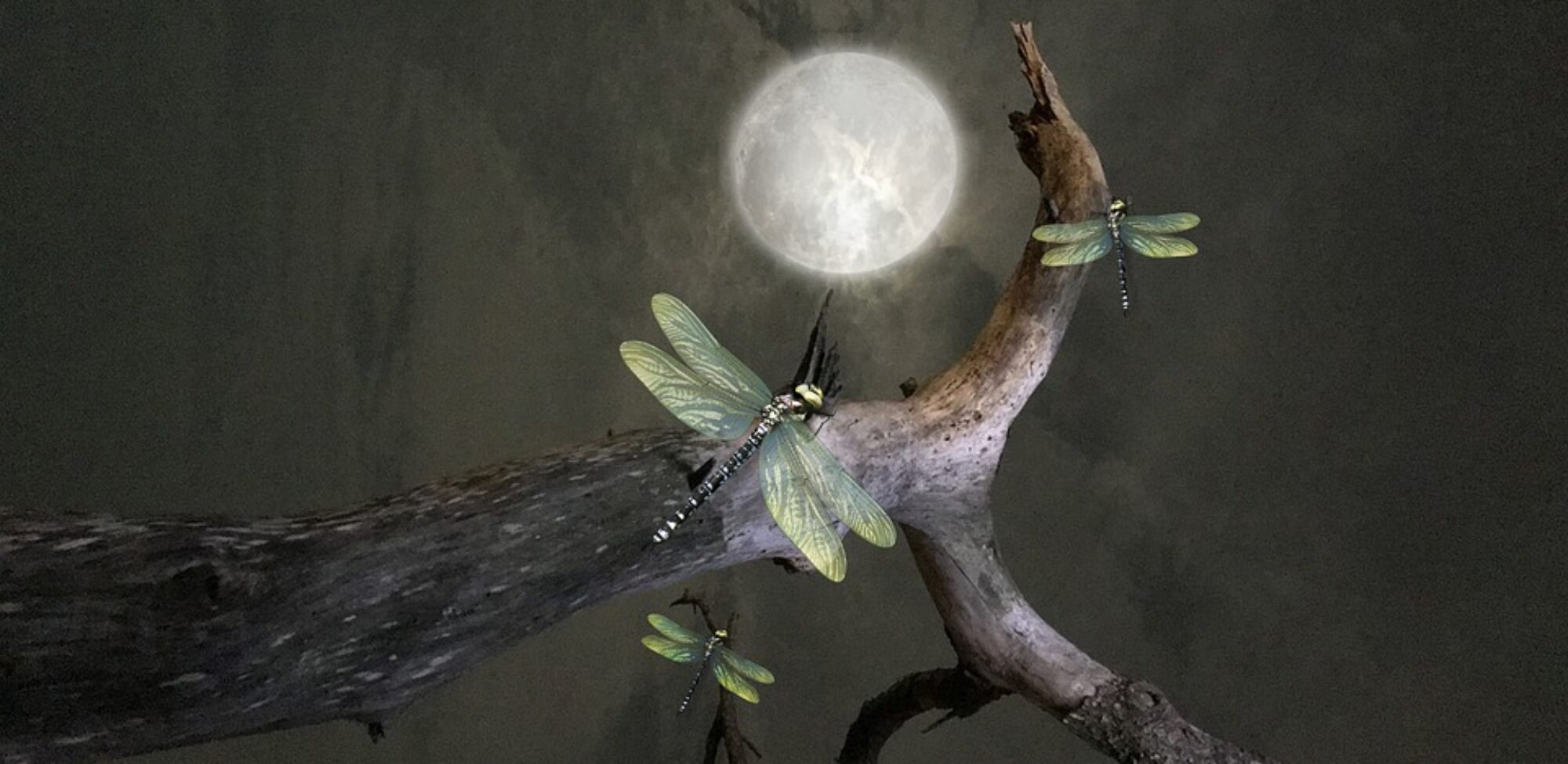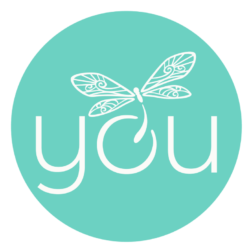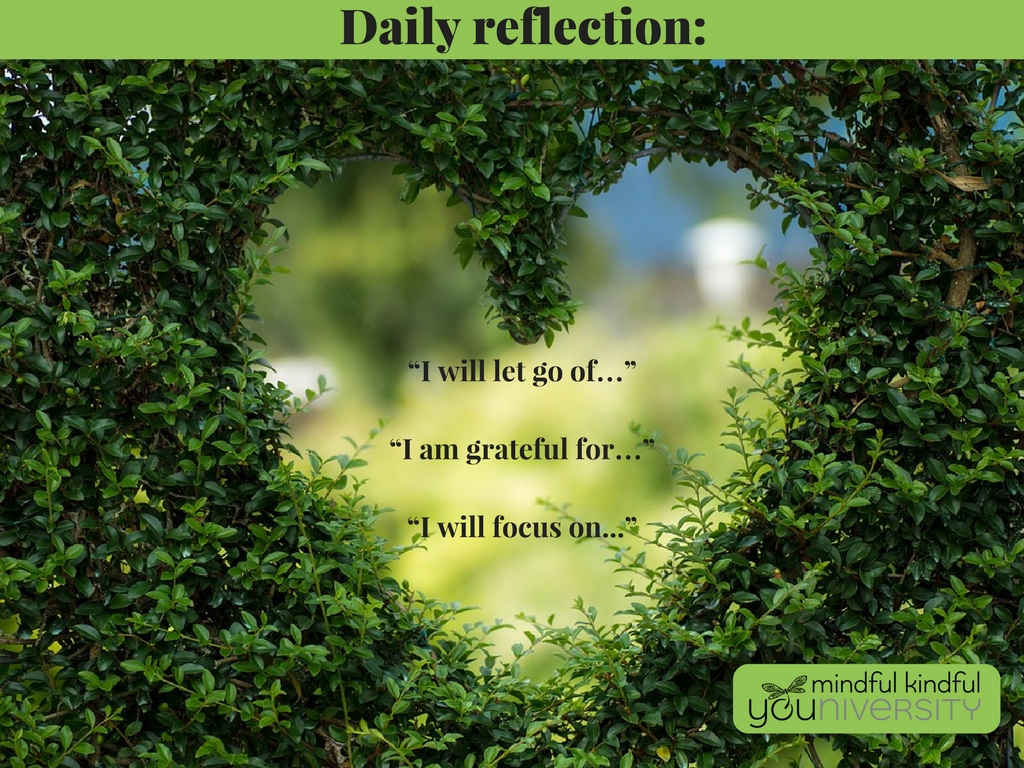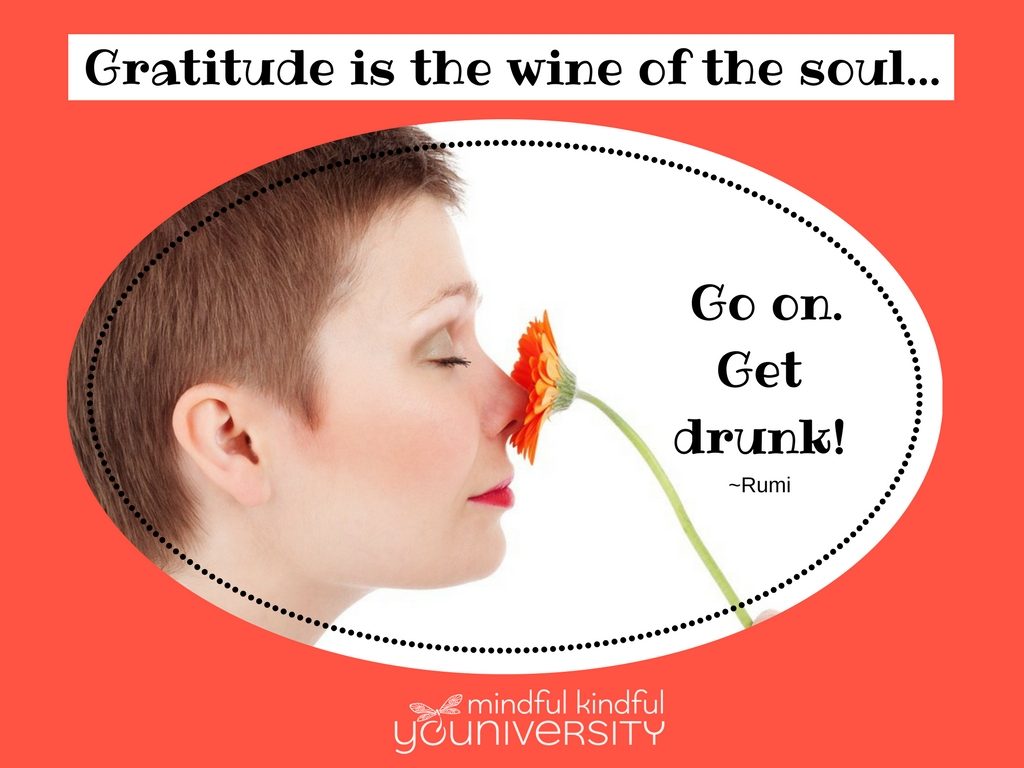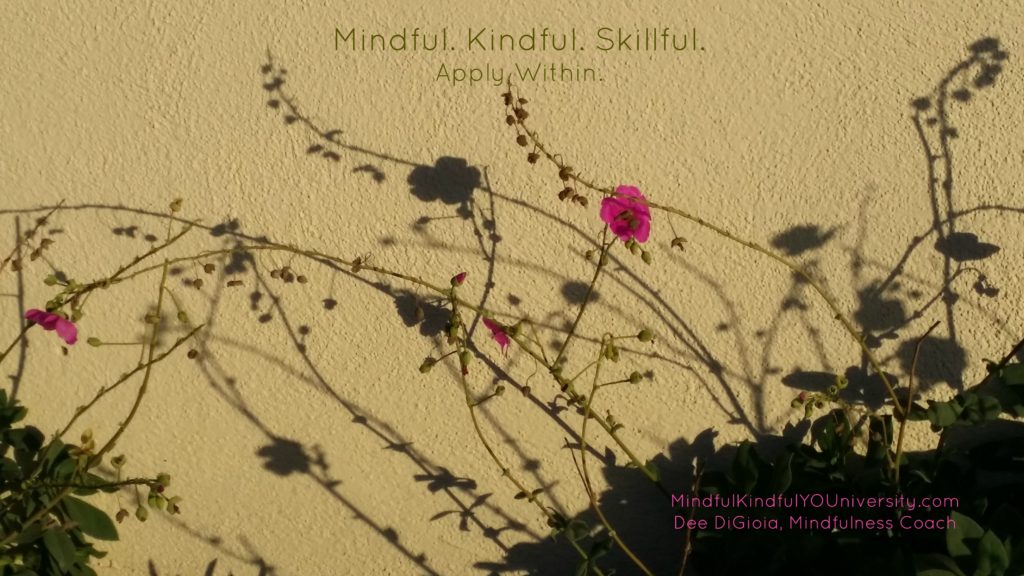JOIN the Grateful Moments 2018 Challenge
For the first time in my life, I realized I actually stuck to a New Year’s Resolution for an entire year! Actually, it should not be a surprise since this time around I set intentions rather than goals. Setting intentions means aligning myself with how I want to be. How do I want to be? Mindful. Kindful. Skillful. Grateful. And healthier. It was one year ago today, I decided to begin a daily gratitude journal. I journaled for the entire year!!! Yes, I missed some days here and there, but the overall practice cultivated new deeply engrained habits, or “habits of mind”.
“An intention cannot fail, because it happens right now. With an intention, there is no required result—we are simply connecting to our chosen course.”
~Ed Halliwell, Meditate With Intention, Not Goals
Why did I set “gratitude” as my intention for the year?
Well, it’s good for you/me/us! In my mindfulness training and in my ongoing research, I repeatedly read about the benefits of practicing gratitude (for example, see “Why Gratitude Is Good” from the Greater Good Science Center) and I wanted to shift my health and attitude about work since I was struggling with both of these in 2016. Practicing gratitude through journaling was to be one more inner resource for myself to cultivate resilience, joy, and greater well-being in my life, even when life felt overwhelming. In so doing, I have, indeed, cultivated an “attitude of gratitude”, thereby shifting many things in my life for the better! Afterall, what we practice grows stronger!
“Grateful living can help to re-train the neural pathways that looked for something wrong to now look for things that are going well, or at least to identify opportunities available to us.”
~From “Training Our Trains of Thought”
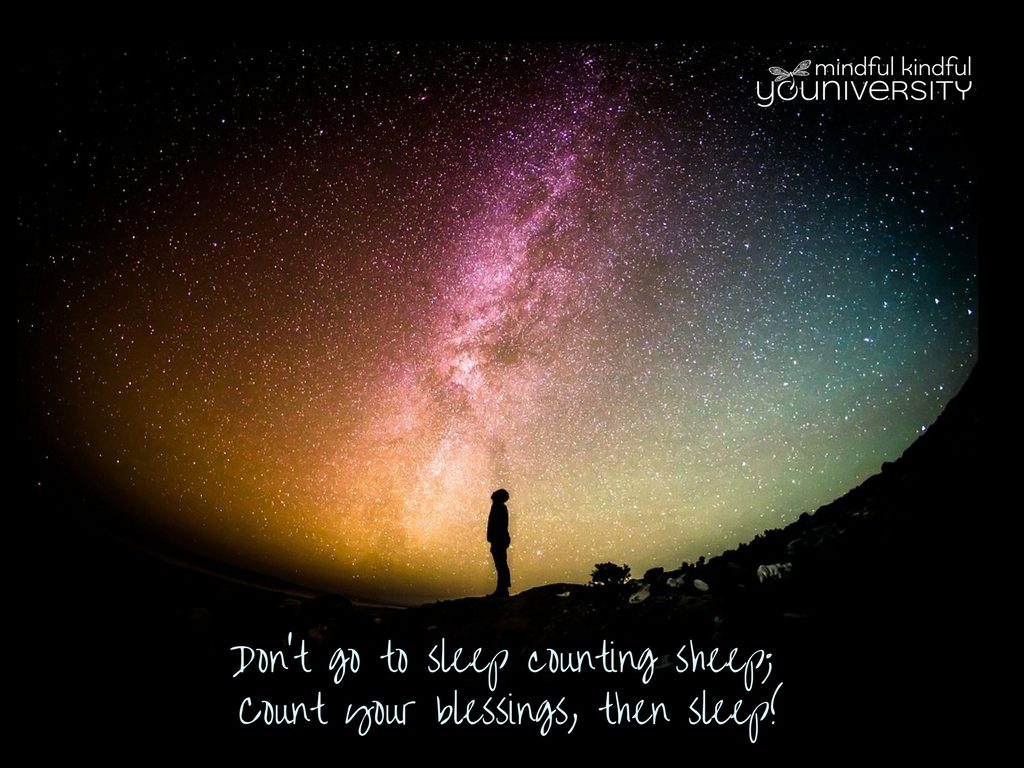
The key to keeping up with this intention? I kept a journal next to my bed and wrote in it each night. I wanted these thoughts to be the last thing I thought of before drifting off to sleep! Dr. Laura Markham tells us “Researchers have found a concrete way to raise your happiness set point. Every day — as you fall asleep at night is a good time — think of three positive things that happened that day. People who do this get happier almost immediately, and stay happier for as long as they continue this practice.” Why does it work?
- The state of gratitude is very similar to love. Scientists say it shifts our heart into a more “coherent” (healthier) rhythm. Meditators might say it opens our hearts.
- Focusing on the positive makes us happy. No matter how bad things are, there is something to be grateful for. And the better you feel, the more effectively you can respond to any challenge.
- We program our subconscious to create more of what we’re appreciating, especially when we hold a “picture” in our mind that makes us feel good.”
“What you are now is what you have been but you will be is what you do now.” ~Buddha
HOW TO JOIN THE GRATEFUL MOMENTS 2018 CHALLENGE:
I will be continuing a Gratitude Practice in 2018 and would like to invite you to consider doing the same!
- Begin a personal Gratitude Journal. Here’s how to get started: Gratitude Journal
- Share any of your grateful moments on our Mindful Kindful YOUniversity Facebook page or on your own profile! By sharing, you may inspire others to do the same. And together is better! I’ll be using these hashtags – feel free to use them as well! #gratefulmoments2018 #habitsofmind #mindfulkindfulgrateful
- Create a daily ritual with your children at home or in your classroom! See Seven Ways to Foster Gratitude in Kids. We practice a routine of gratitude at the end of each Dragonfly Circles class.
“Cultivate the habit of being grateful for every good thing that comes to you, and to give thanks continuously. And because all things have contributed to your advancement, you should include all things in your gratitude.”
― Ralph Waldo Emerson
Feel free to add your comments below! I love hearing from you! ~ Dee DiGioia
Additional Articles:
8 Wellbeing Benefits Of Practicing Gratitude
10 Ways to Become More Grateful
Six Habits of Highly Grateful People
The Neuroscience of Why Gratitude Makes Us Healthier
4 Rituals That Will Make You Happy, According to Neuroscience
VIDEOS:
~~~~~~~~~~~~~~~~~~~~~~~~~~~~~~~~~~~~~~~~~~~~~~

Dee DiGioia, Certified Mindfulness & Life Skills Coach and Consultant
MK YOU offers mindfulness programs for youth, educators, parents, and community members using evidence-based practices of mindfulness, movement, and social-emotional learning to help reduce stress while cultivating the inner resources needed for well-being in San Luis Obispo & Northern Santa Barbara Counties via community programs/classes/workshops, personal coaching, professional development, mini-retreats, and more. After pioneering a successful mindfulness program for K-5 classrooms at an inner city charter school in Sacramento, CA, Dee hopes to develop programs in our local schools here on the Central Coast of CA. Contact Dee to learn more.

